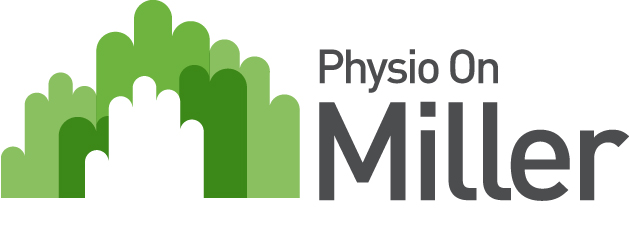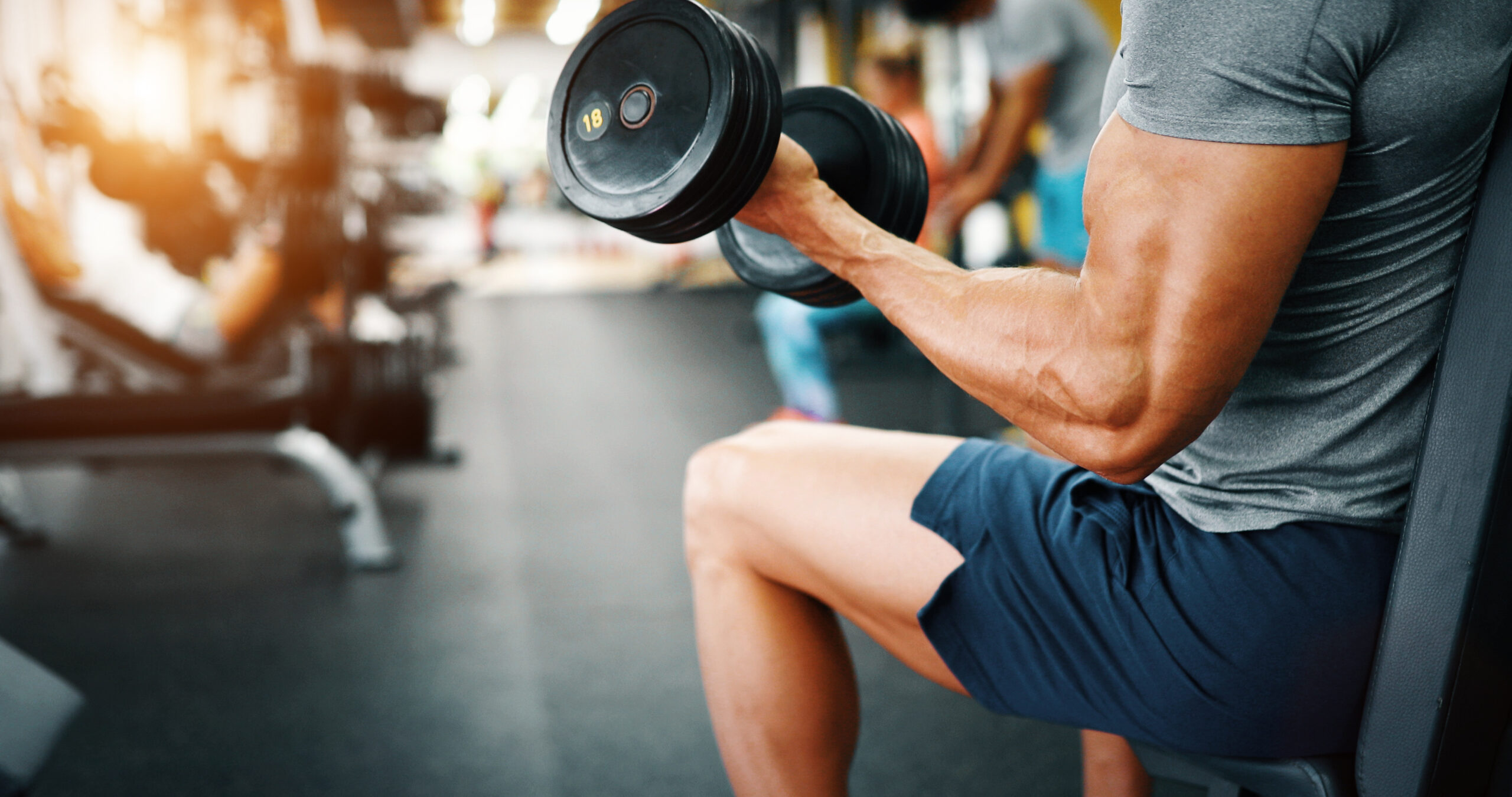Why Recovery Matters More Than Ever in 2025: The Physio Guide to Smarter Training
In 2025, recovery has become just as important as the workout itself. At Physio On Miller, we are seeing more clients who train often but do not rest enough, or who push harder without giving their body time to adapt. Whether you are a recreational runner, a busy parent squeezing in gym sessions, a desk worker trying to stay active or someone returning after injury, smarter recovery habits can change everything.
Modern life demands more from our bodies, yet most people recover less than they realise. Stress, poor sleep, tight schedules and long hours at a desk all affect how well muscles repair and how efficiently joints move. If recovery is neglected, small aches can quickly turn into injuries, making it harder to stay active and consistent.
Here are the key reasons recovery matters so much this year and how our physiotherapists in Cammeray can help you train smarter, not harder.
Recovery Improves Performance
Recovery is when your body rebuilds strength, restores energy and adapts to your training load. Without enough downtime, your muscles remain fatigued and your movement patterns become less efficient. This can lead to slower progress, poor technique and increased frustration.
Our physiotherapy team guides clients through exercise rehab, prehab and Pilates, all designed to support controlled, efficient movement. These sessions help build the strength and mobility needed for better performance while also reducing the stress placed on joints and tendons.
Recovery Reduces Injury Risk
Overuse injuries are becoming more common in 2025, especially among people who juggle work, parenting and fitness with limited time for rest. Tight muscles, poor posture and fatigue can increase the load on joints and soft tissues, creating the perfect environment for injury.
Our clinic combines hands-on physiotherapy and remedial massage to release tension, improve circulation and restore movement. This hands-on care supports faster recovery and helps prevent common issues such as lower back pain, knee irritation and tight shoulders.
Recovery Supports Better Mobility
Mobility is often overlooked, yet it is one of the most important parts of maintaining healthy movement. Long hours at a desk, stress and high-intensity exercise can all reduce flexibility and joint mobility. When muscles stay tight for too long, they become less responsive, which affects technique and increases injury risk.
In our Cammeray clinic, we use Clinical Pilates and targeted mobility exercises to help clients move smoothly and efficiently. These sessions improve posture, core control and overall stability, making every workout feel easier and safer.
Recovery Helps You Stay Consistent
Consistency is the key to long-term progress. However, it is impossible to stay consistent when you are constantly dealing with niggles, tightness or fatigue. Smart recovery gives you the energy and resilience to keep training without setbacks.
Our physiotherapists assess your training load, lifestyle and goals to help you build a weekly routine that balances effort with rest. Small adjustments, such as scheduling active recovery, improving sleep habits or including massage or Pilates, can make a huge difference.
The Physio-Approved Recovery Checklist
To feel your best in 2025, try adding these habits into your week:
- Gentle mobility work or Pilates between training days
- Regular hands-on physiotherapy or remedial massage to manage tension
- Strengthening and prehab exercises tailored to your body
- Adequate hydration and balanced nutrition
- Consistent sleep patterns
- Planned rest days, not just missed workouts
The Takeaway
Recovery is not a luxury. It is an essential part of staying strong, injury-free and active in 2025. If you are feeling tight, tired or stuck in a cycle of recurring pain, our Cammeray physiotherapy team can help.
Book an appointment today and let us support your recovery, improve your performance and keep you moving well all year.





